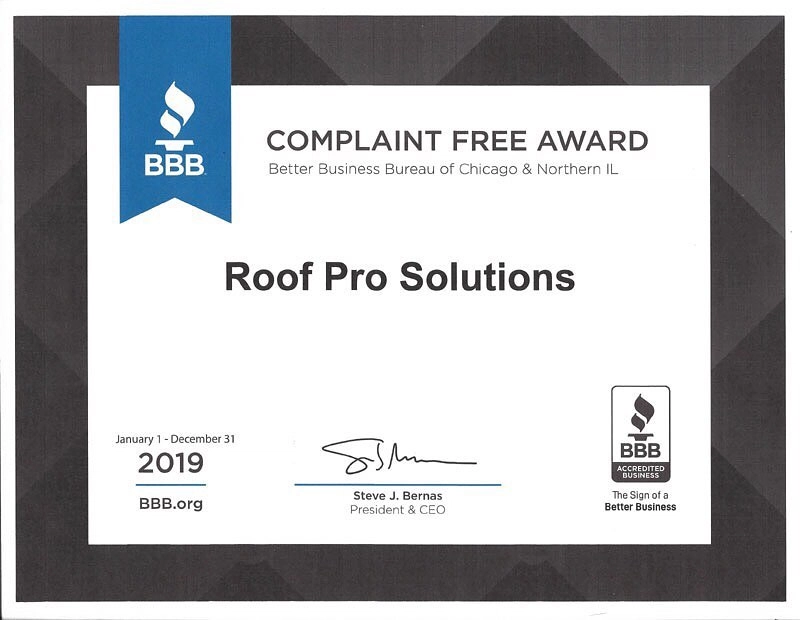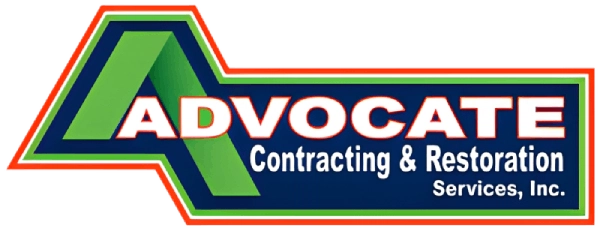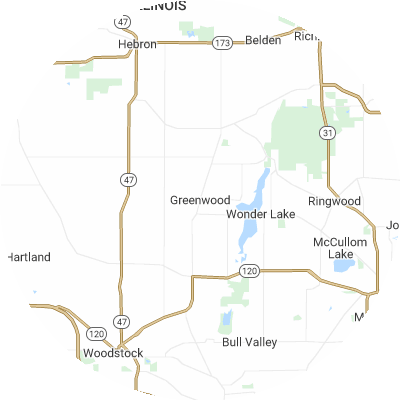Signs You May Need Gutter Guards
Gutter guards aren’t always needed, but the signs of overflowing and clogged gutters are clear. Here are some signals of chronic gutter issues:
- Frequent clogs that lead to overflow and water spilling over gutters
- Visibly damaged, sagging, or misaligned gutters that no longer direct rainwater correctly
- Mold growth, interior wall stains, or peeling exterior paint on walls near gutters.
- Soggy ground or visible erosion around your home's foundation
- Leaky seams or joints where water leaks out of gutters
How To Choose a Gutter Guard Installer
Assess Their Experience
Providers with extensive gutter guard installation experience that have worked with many different styles and models will know how to measure accurately and attach guards to your home’s unique dimensions. Reach out to these companies to find out about their experience and ask for local references.
Verify Proper Licensing and Insurance
When contacting potential installation providers, always verify that they are properly licensed, bonded, and insured with both workers compensation and general liability policies. This protects you if any injuries or accidents happen. Request current licensing and insurance papers from potential providers.
Choose Reputable Brands
Look for installers that provide tenured trusted gutter guard brands such as Gutter Helmet and LeafFilter. Steer clear of companies that only offer their own off-brand products or generic no-name guards. These lesser-known products may not have the same level of rigorous testing as major brands.
Seek Custom Fit Services
Gutter guards should be measured and trimmed on-site to match your gutters. Select a company that specifically measures and trims guards for your home rather than using one-size-fits-all guards. Guards fitted for your home leave no gaps for debris accumulation.
Examine Warranties
Leading gutter guard installers often offer 20-year or lifetime warranties that protect against clogs, rust, leaks, and other issues. When picking a company, look into the warranty details for both workmanship and materials guarantees. Warranties provide the best protection for your gutter investment.
Check Reviews and Referrals
You should check online reviews on sites such as Yelp, Google Reviews, or the Better Business Bureau (BBB) to read about customer experiences. You can also ask neighbors for recommendations on quality local gutter guard companies. When researching providers, we'd recommend going for companies with a history of good reviews instead of just a single review.
Types of Gutter Guards
There are six most common types of gutter guards. These include the following:
- Foam guards are light and easy to install. The foam collects debris and keeps it out of your gutter. On average, you can expect to spend $2.47 per linear foot for foam guards.
- Brush guards are made of large brush bristles that partially obstruct your gutters, catching debris while allowing water to pass through. On average, you can expect to spend $4.05 per linear foot for brush guards.
- Screen guards have large holes that let water through while keeping out debris. On average, you can expect to spend $4.53 per linear foot for screen guards.
- Mesh guards stop debris but let water through. Mesh guards have even smaller holes than screen guards. They're durable and let debris slide off rather than sitting on top of your gutters. Mesh guards cost roughly $4.24 per linear foot.
- Micro-mesh guards are generally the most effective. Micro-mesh guards have smaller holes than standard mesh guards, which lets even less debris through. Micro-mesh guards cost roughly $5.31 per linear foot.
- Surface tension guards, also called reverse curve guards, use surface tension to let water flow into your gutter system while debris slides off. Normally, they will be visible from the ground. Surface tension guards cost roughly $3.33 per linear foot.












